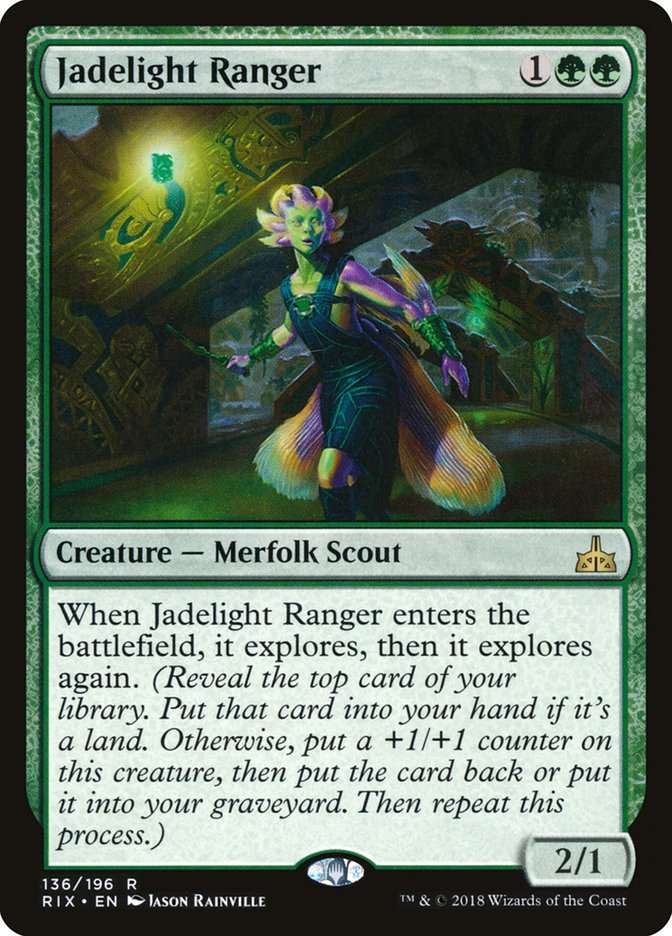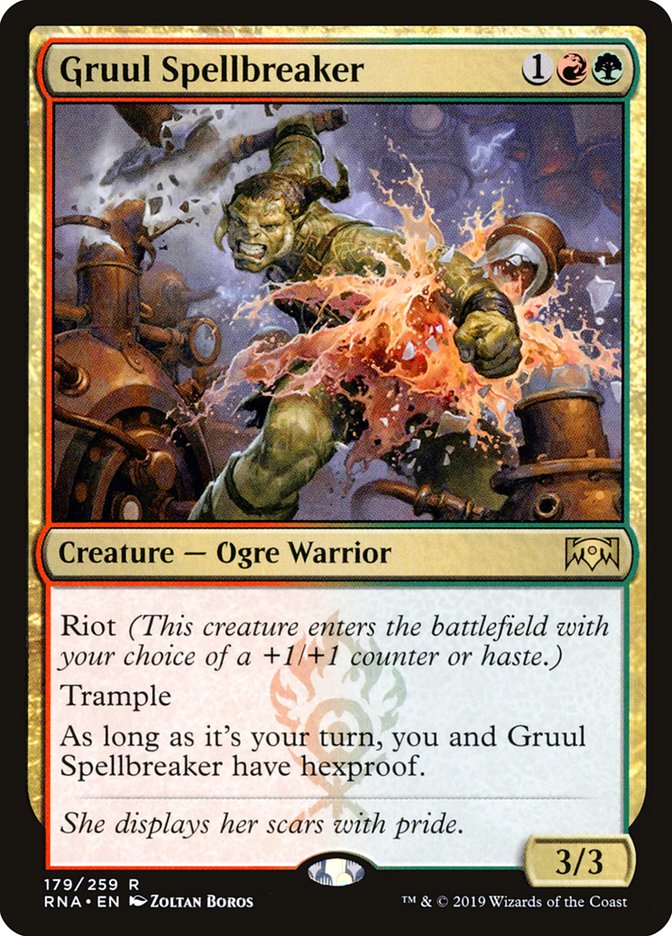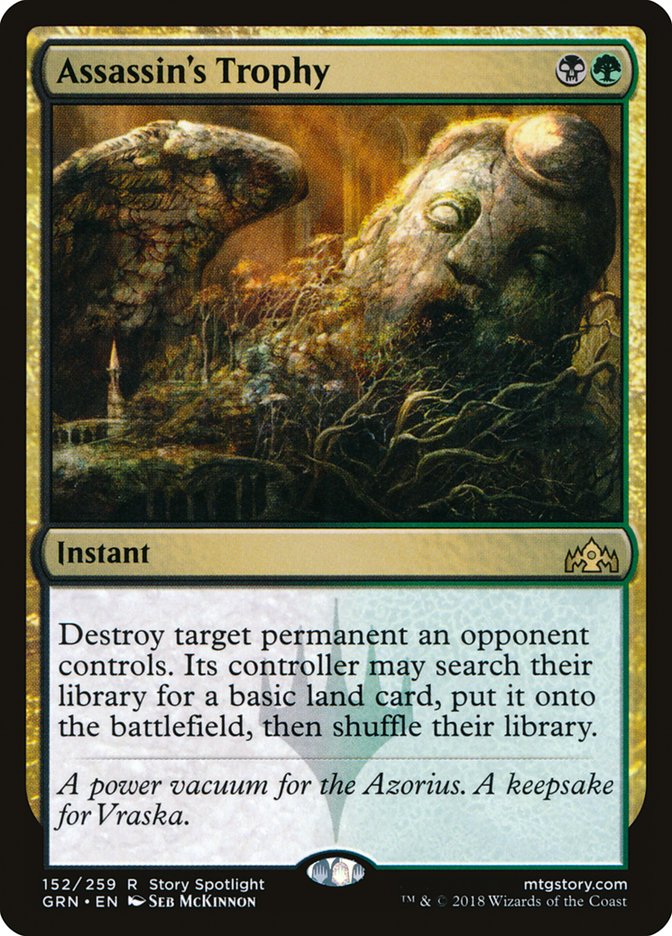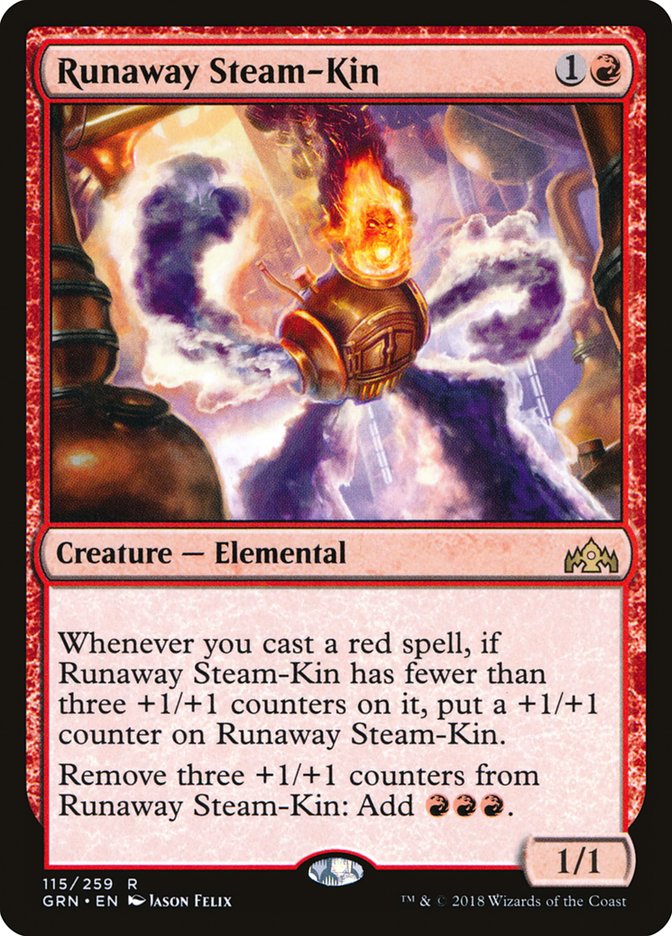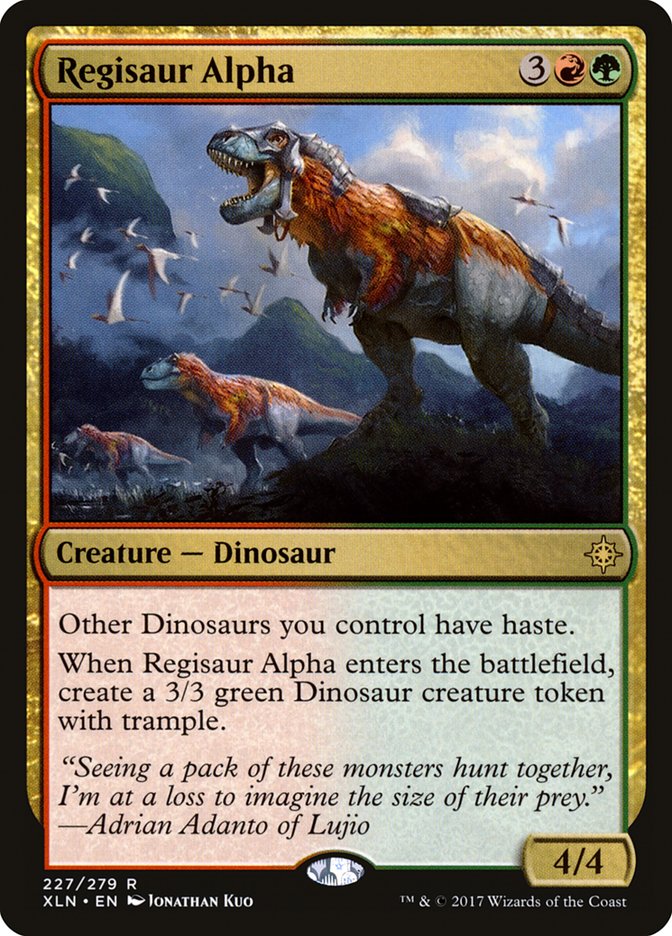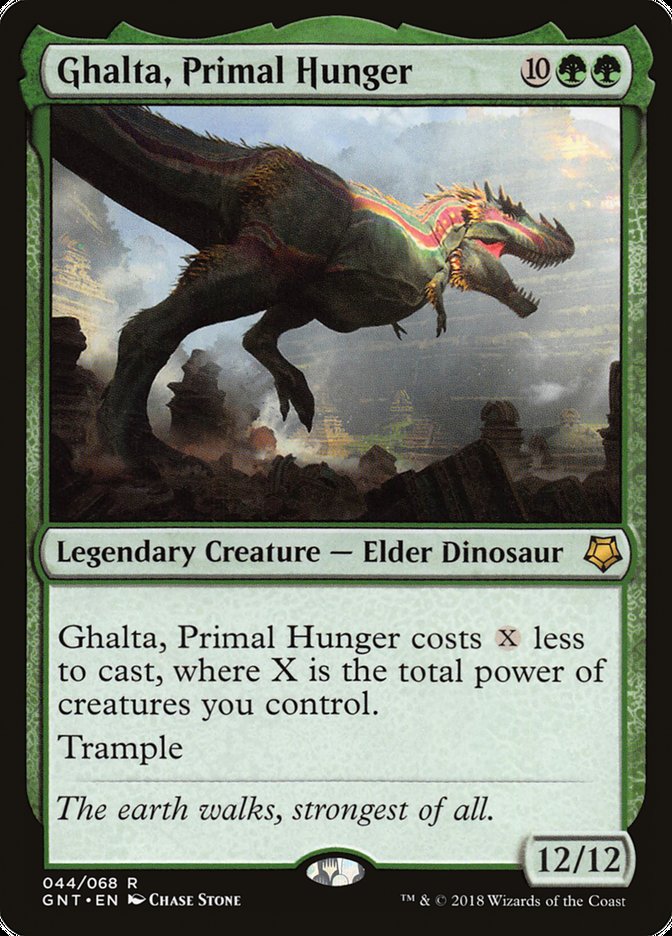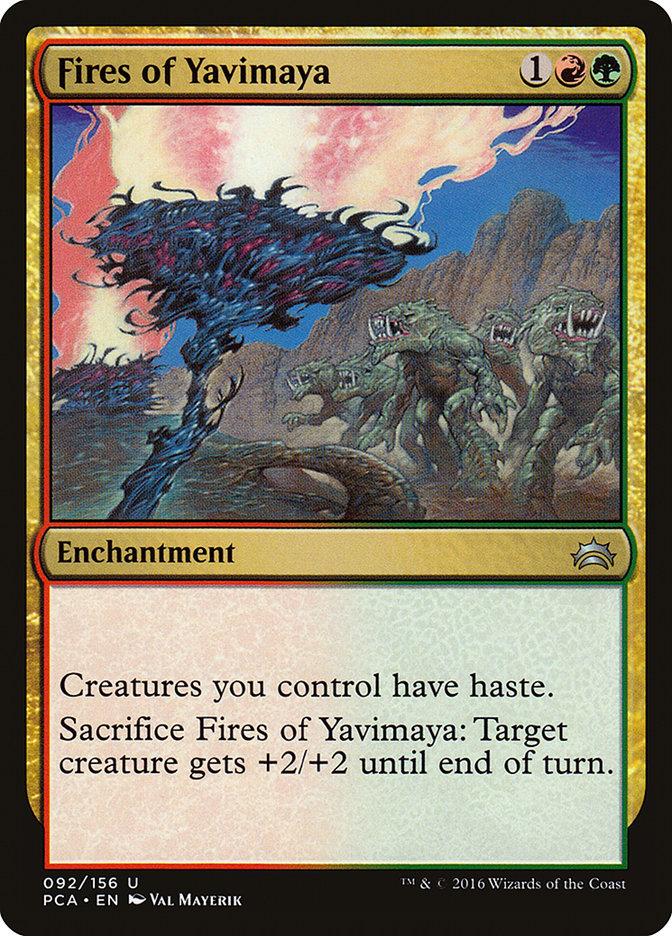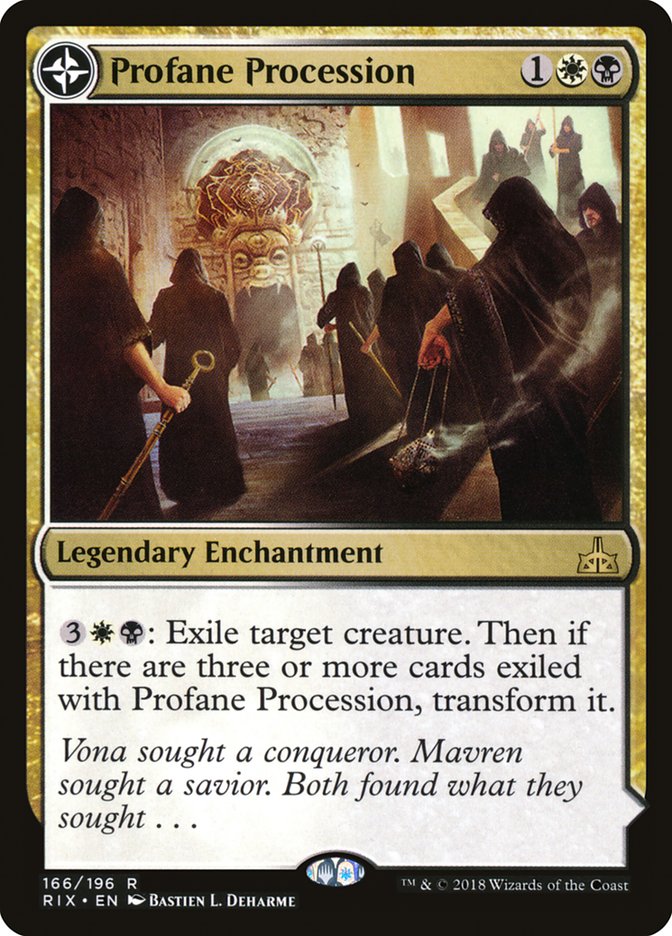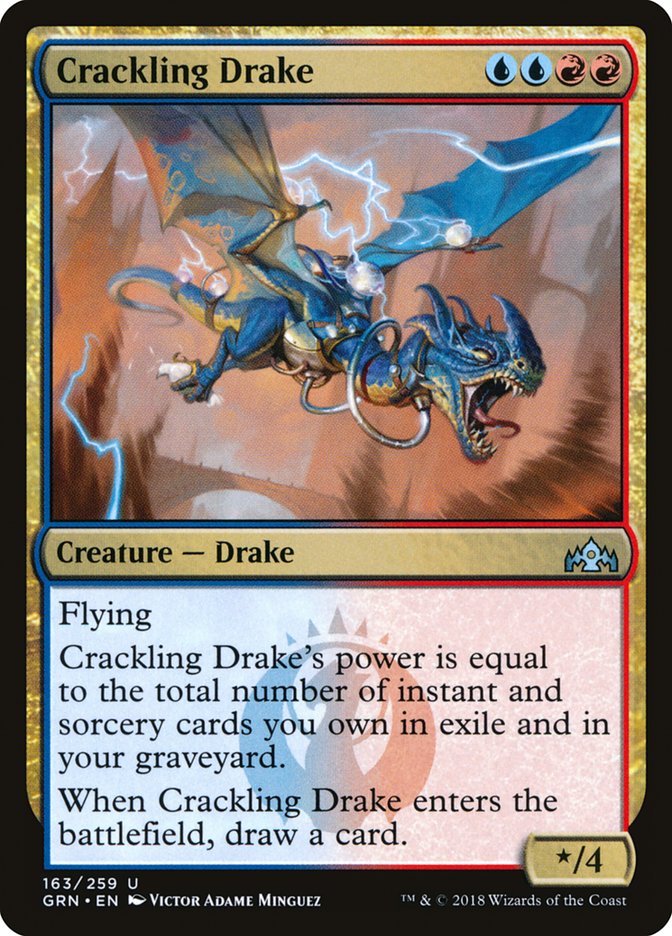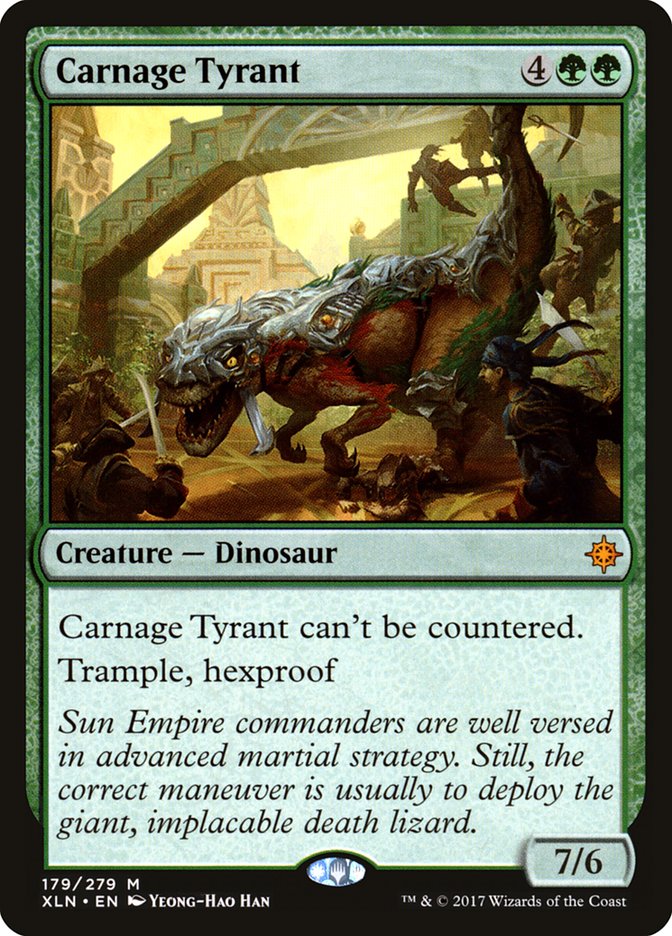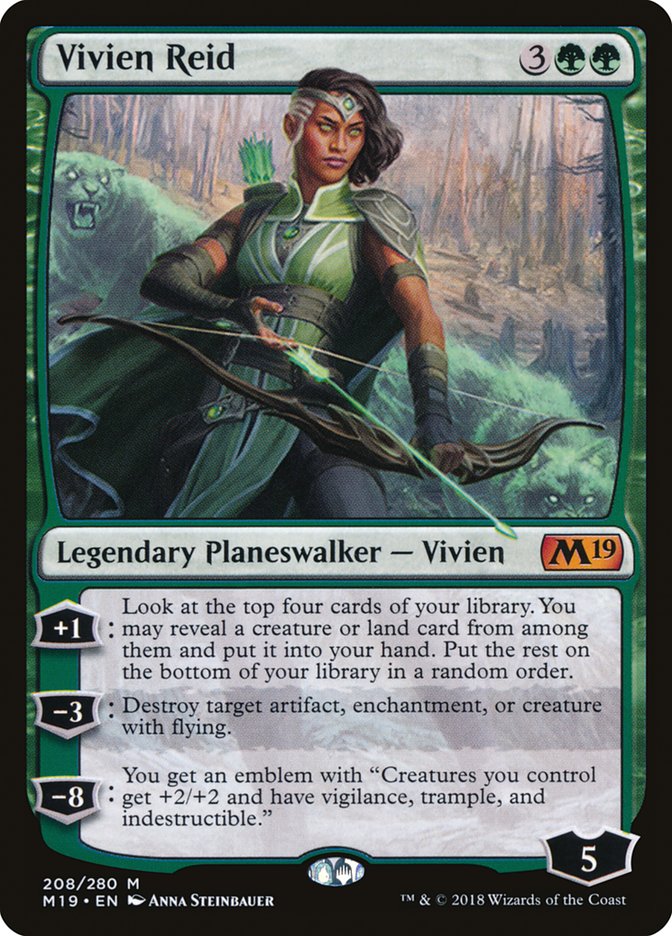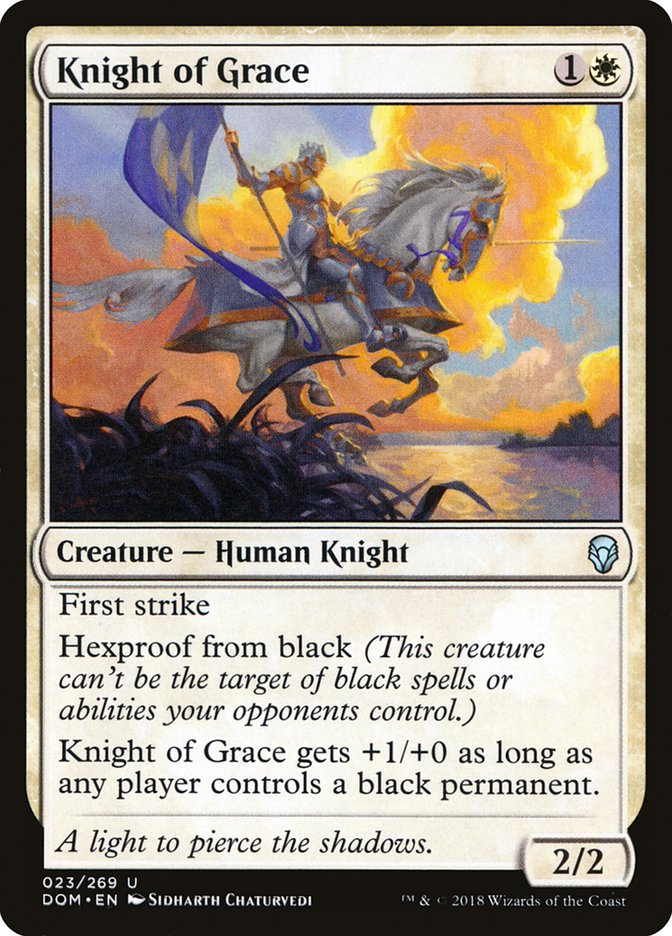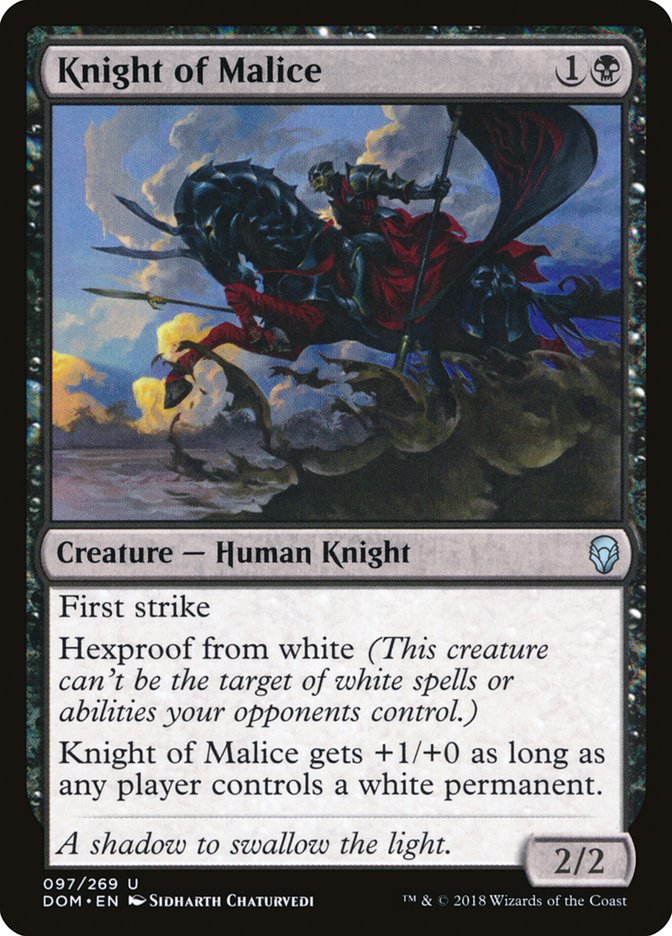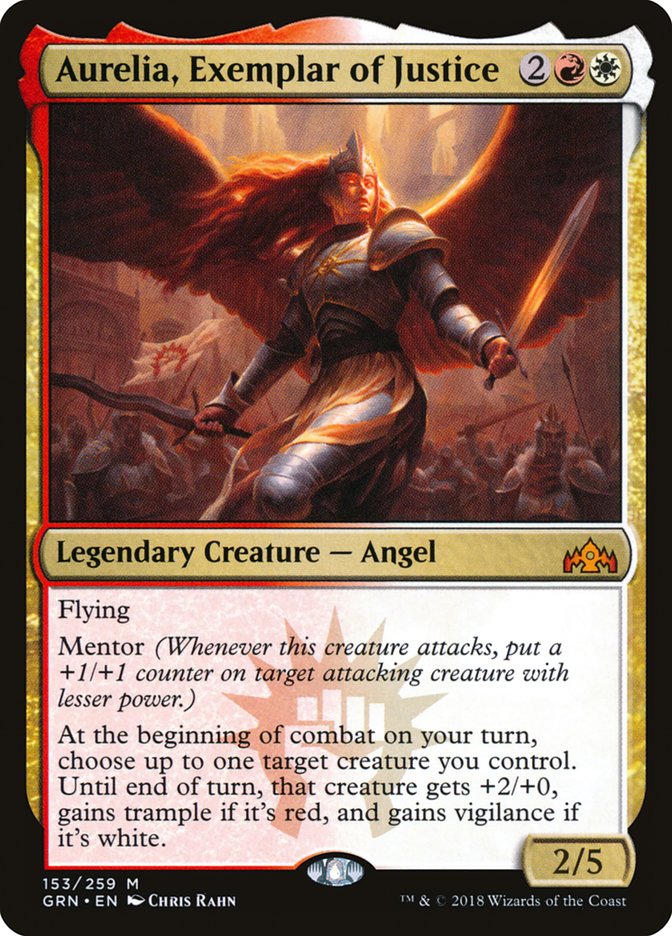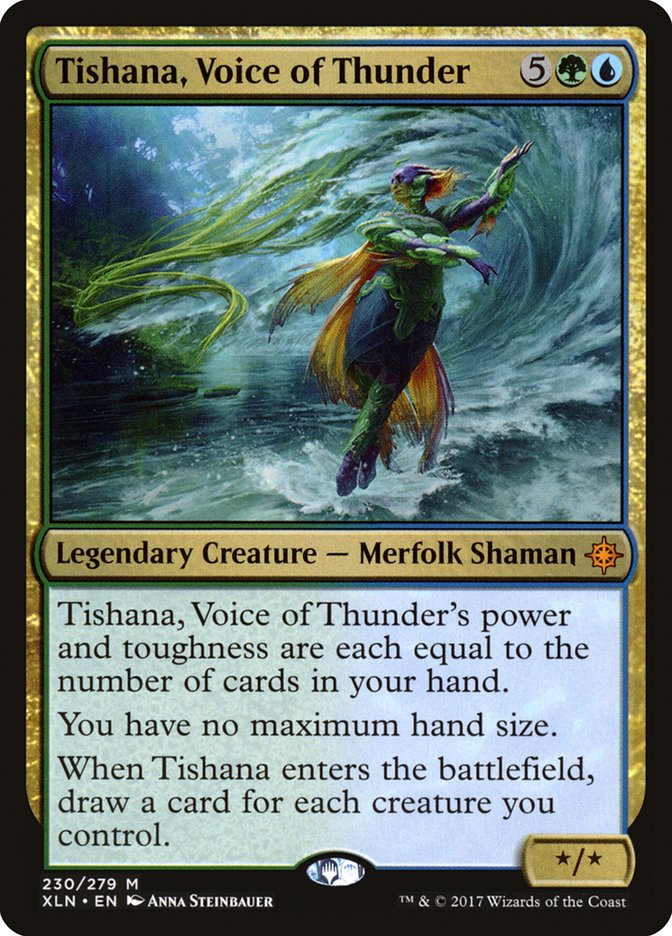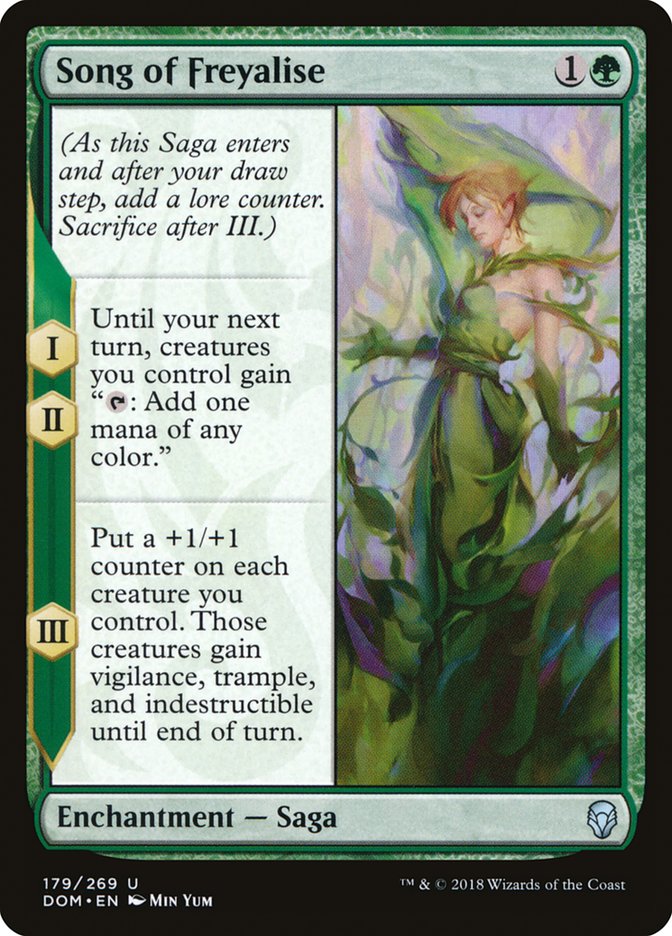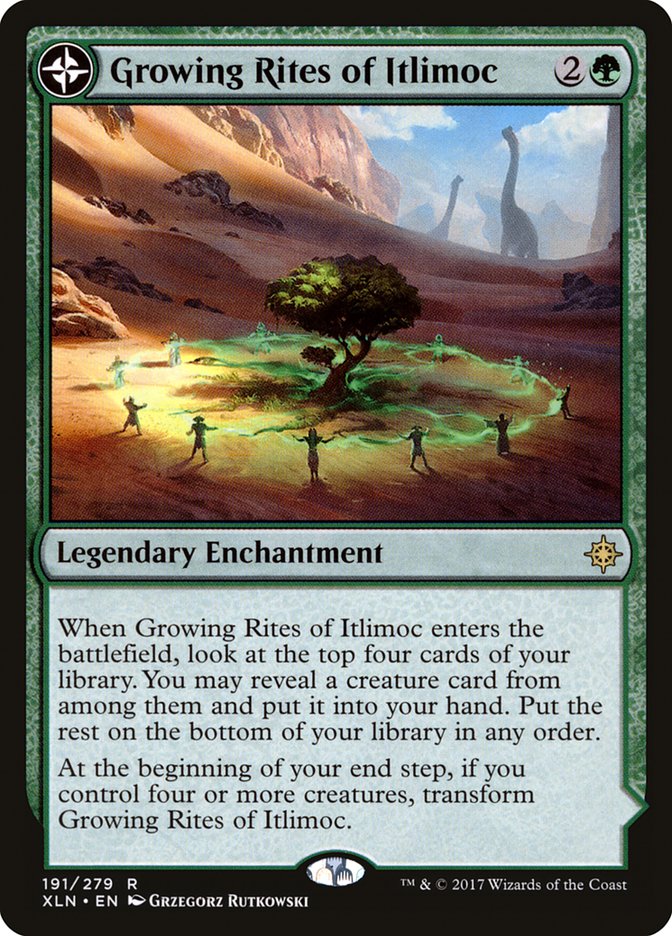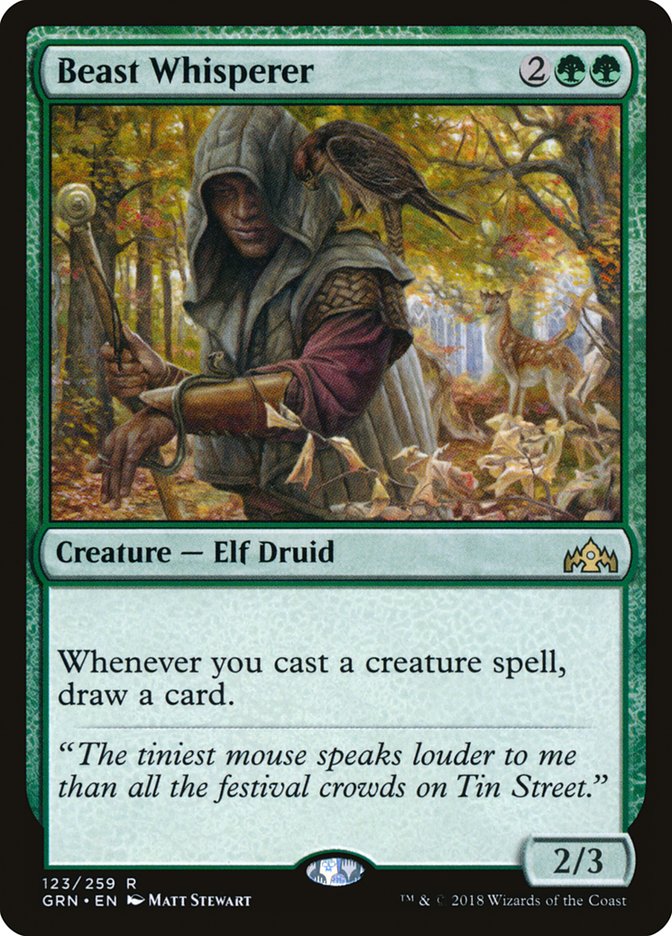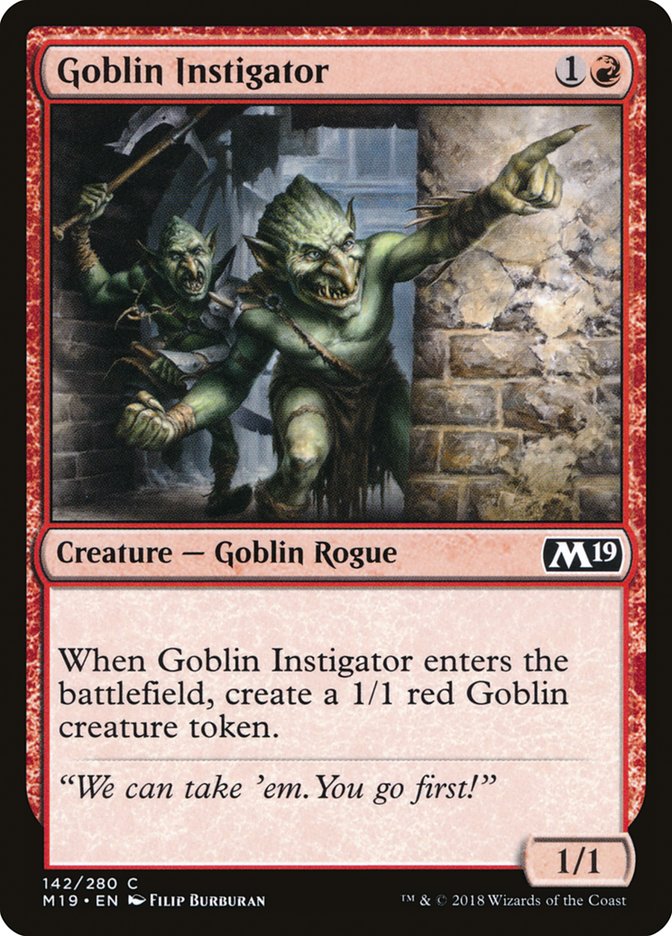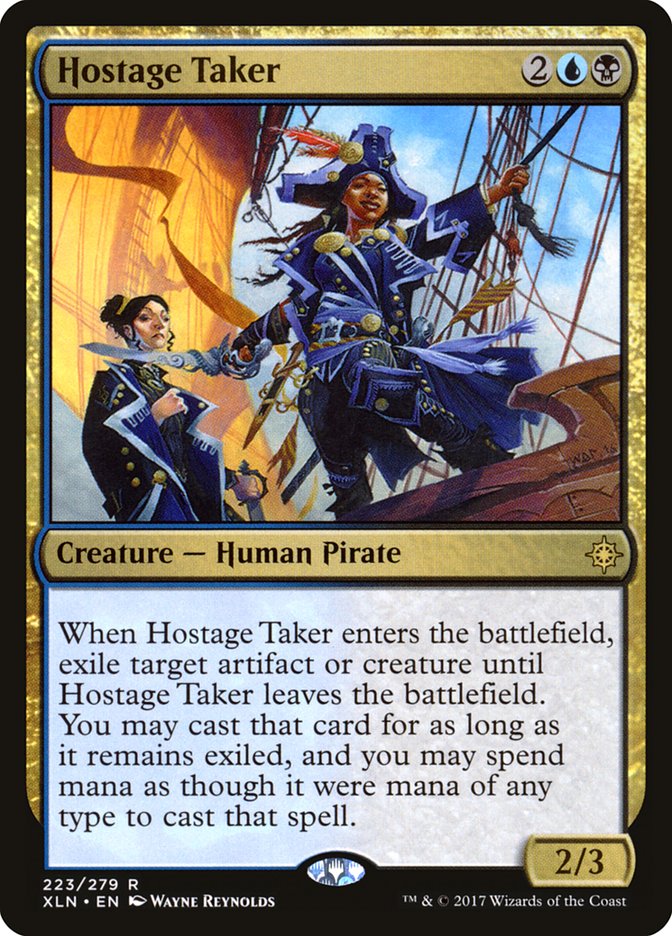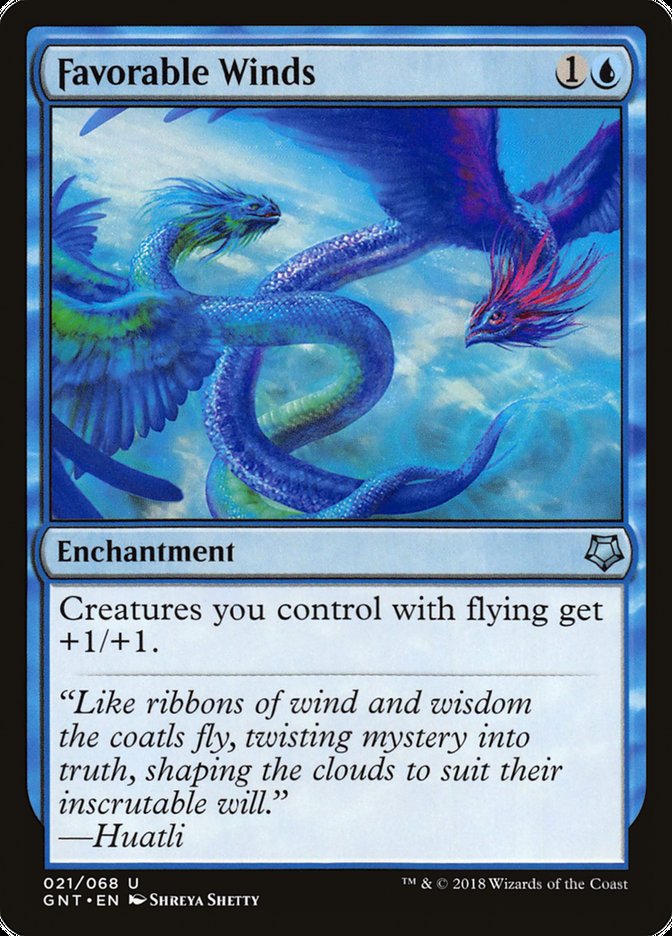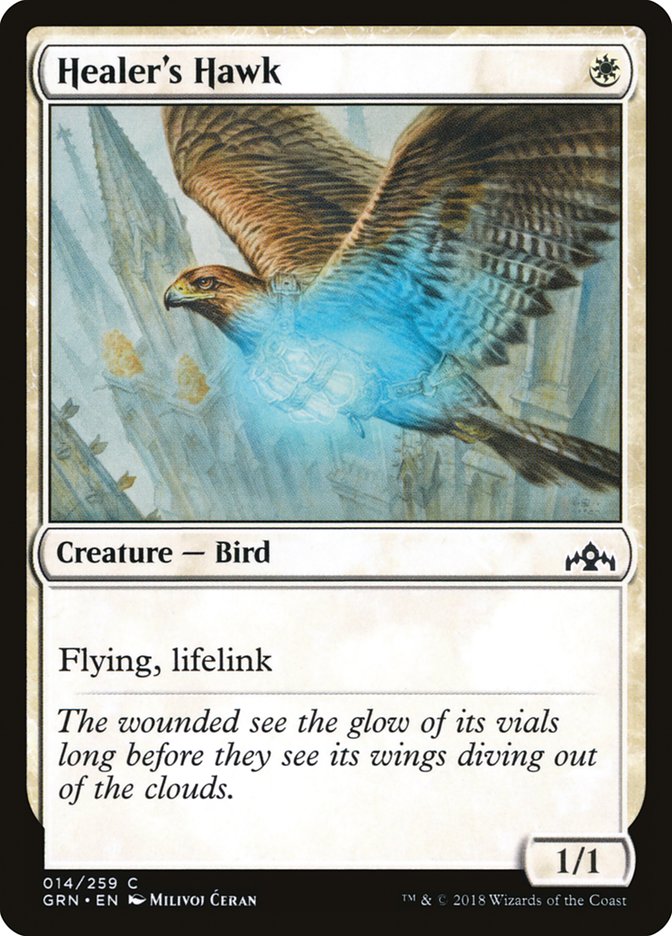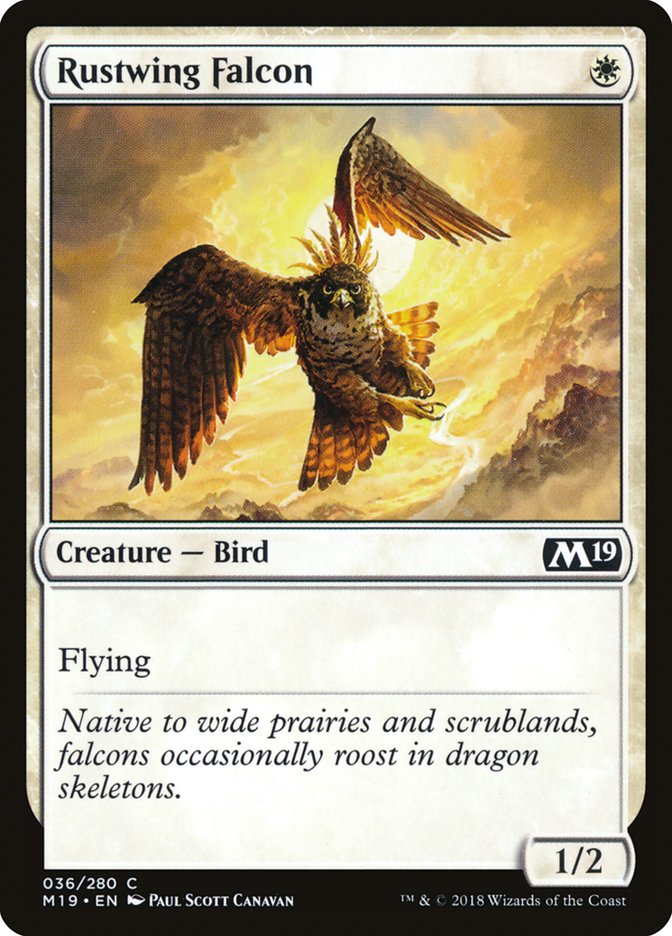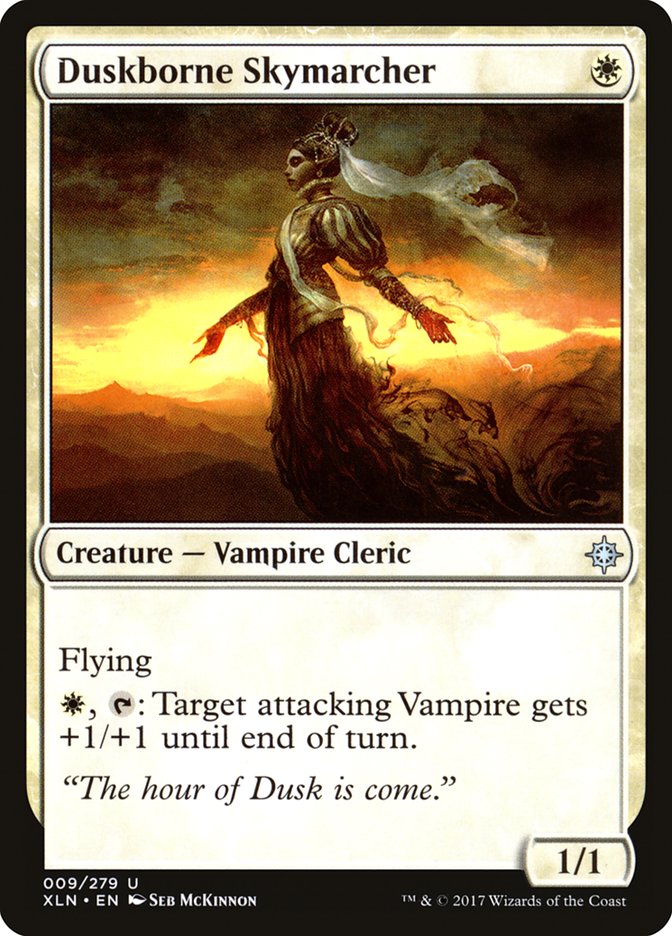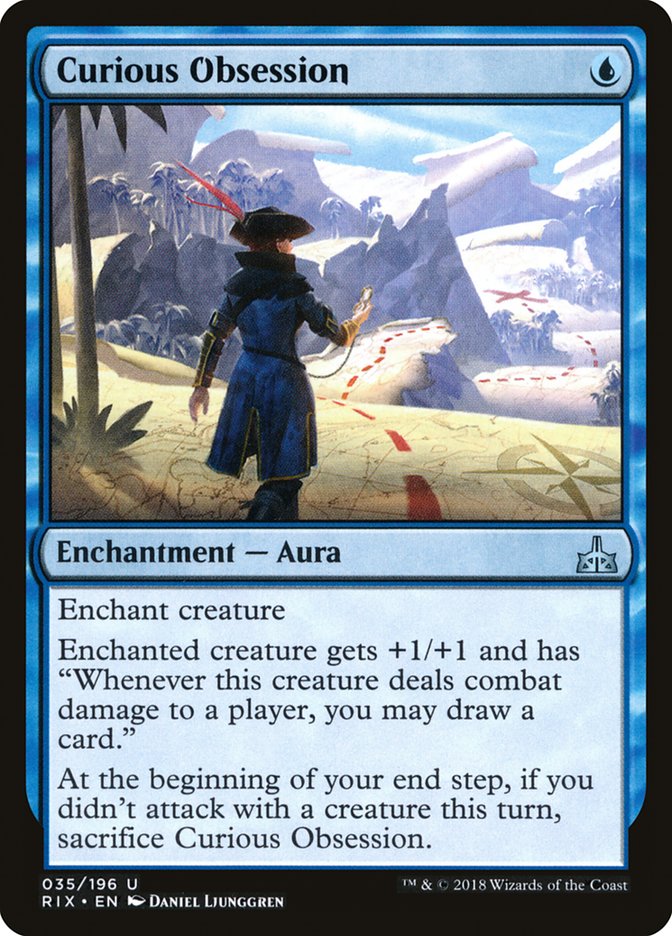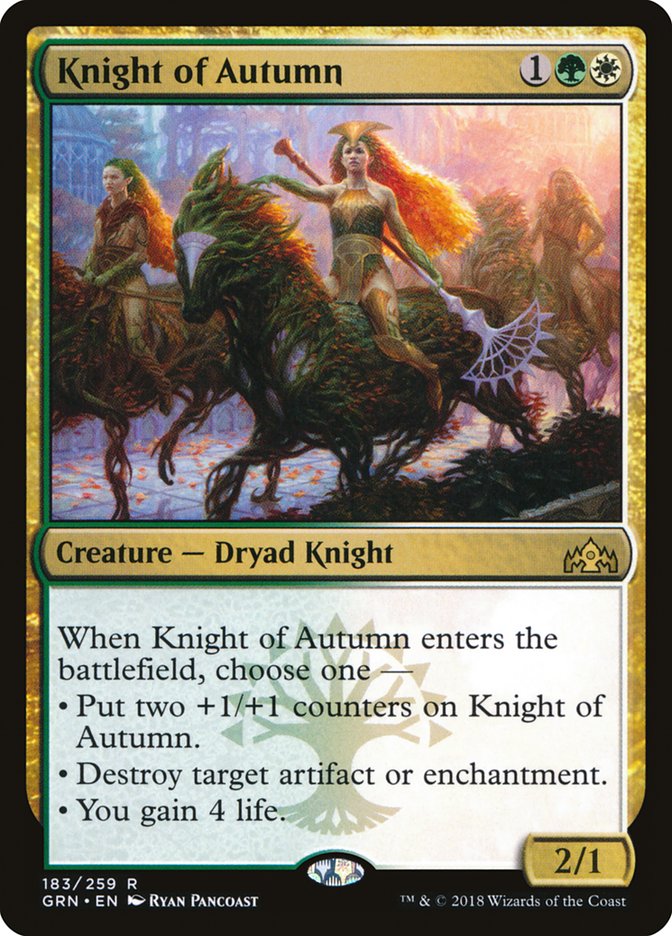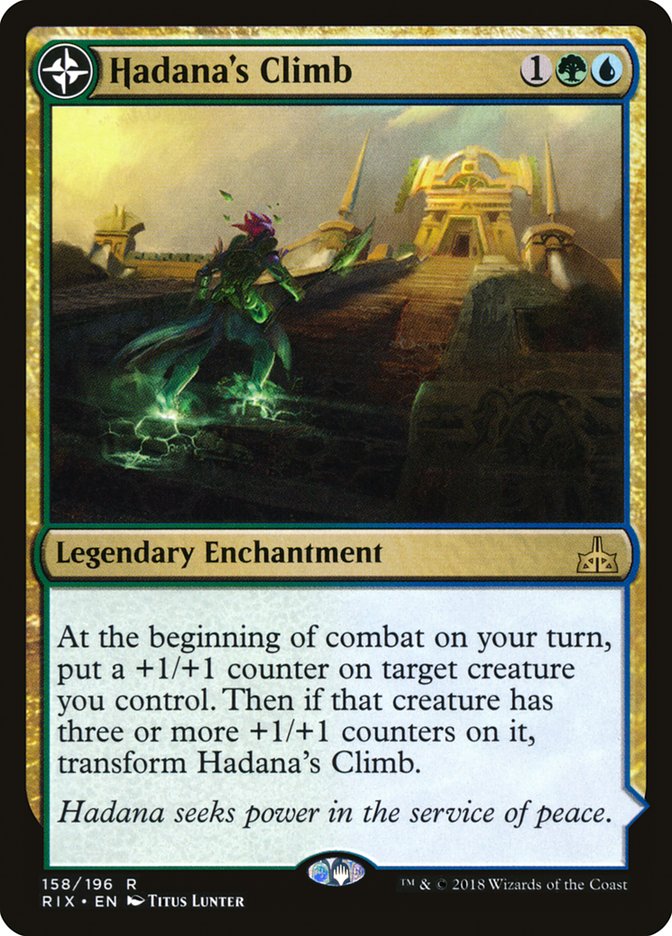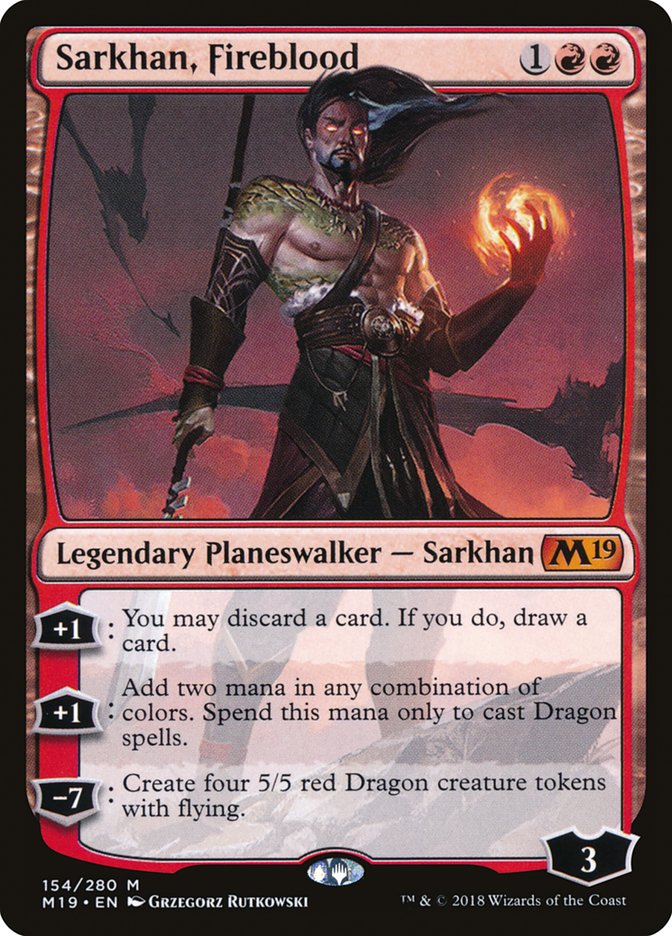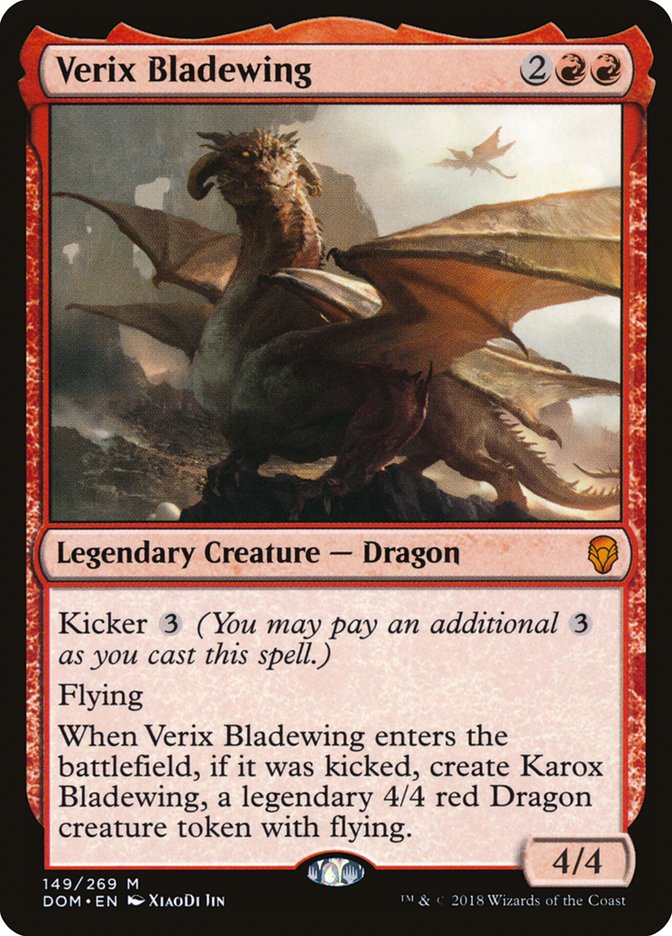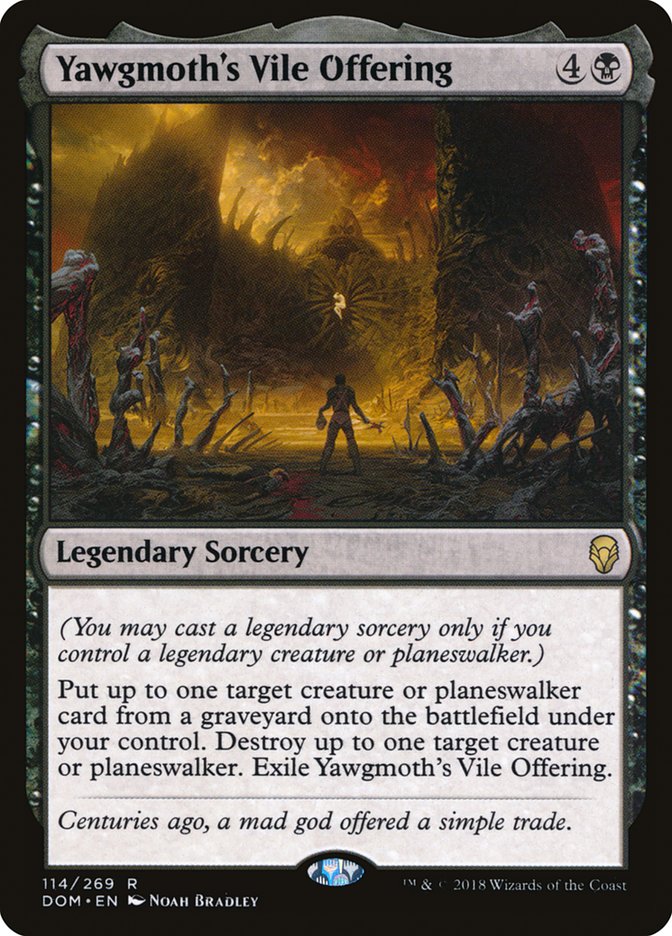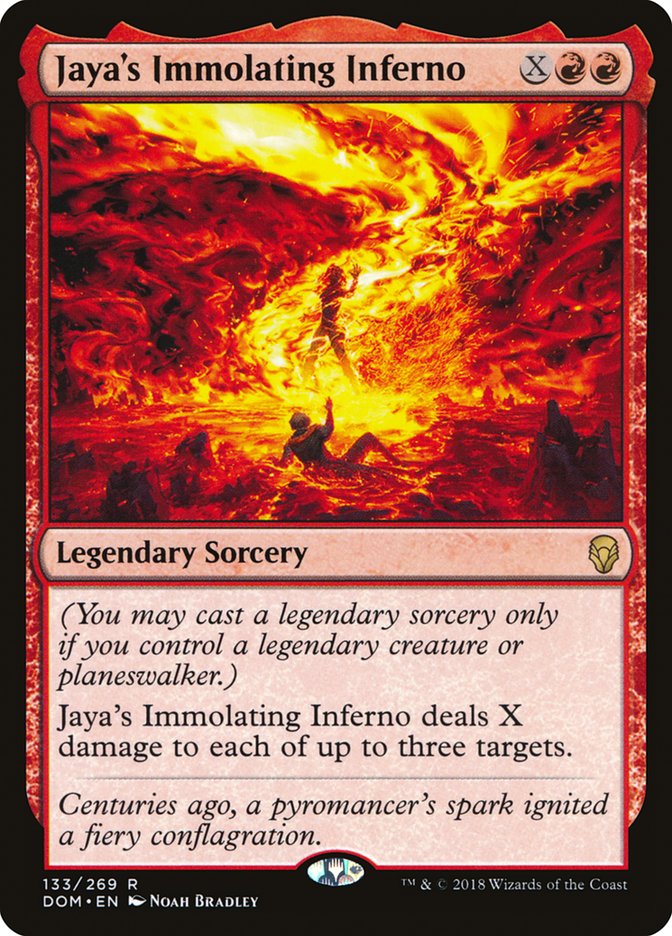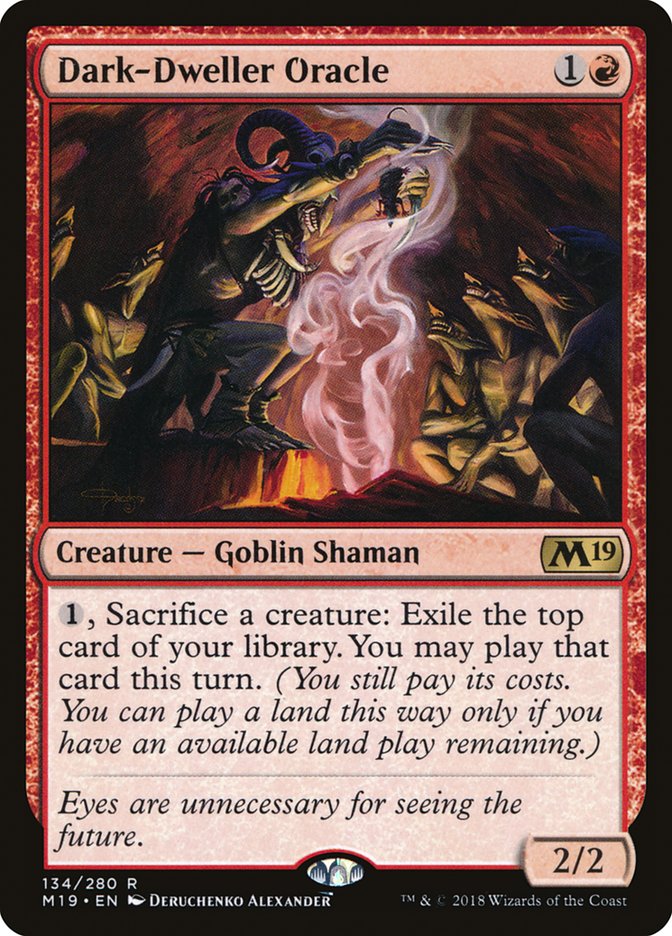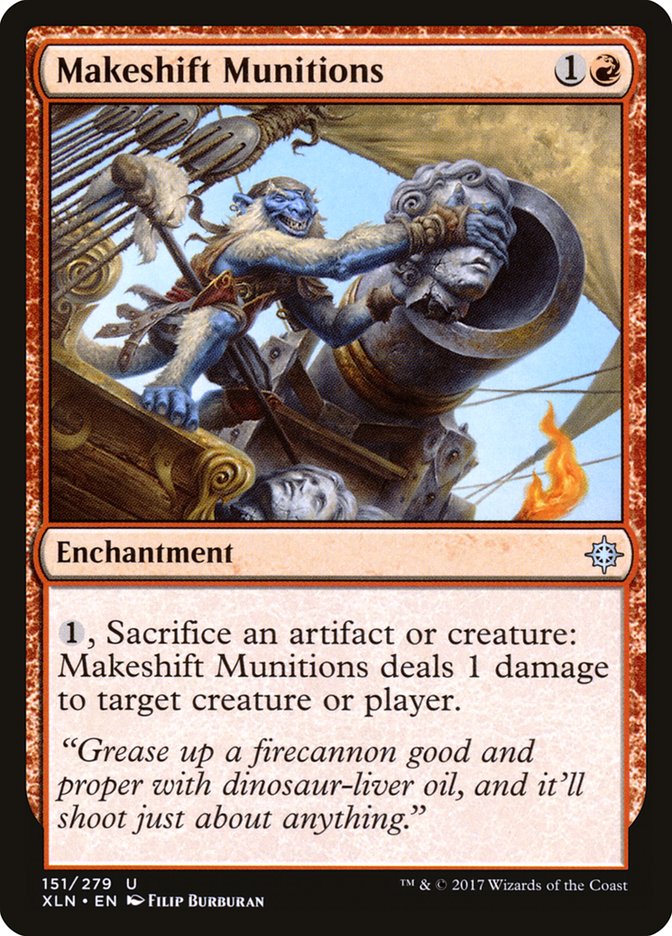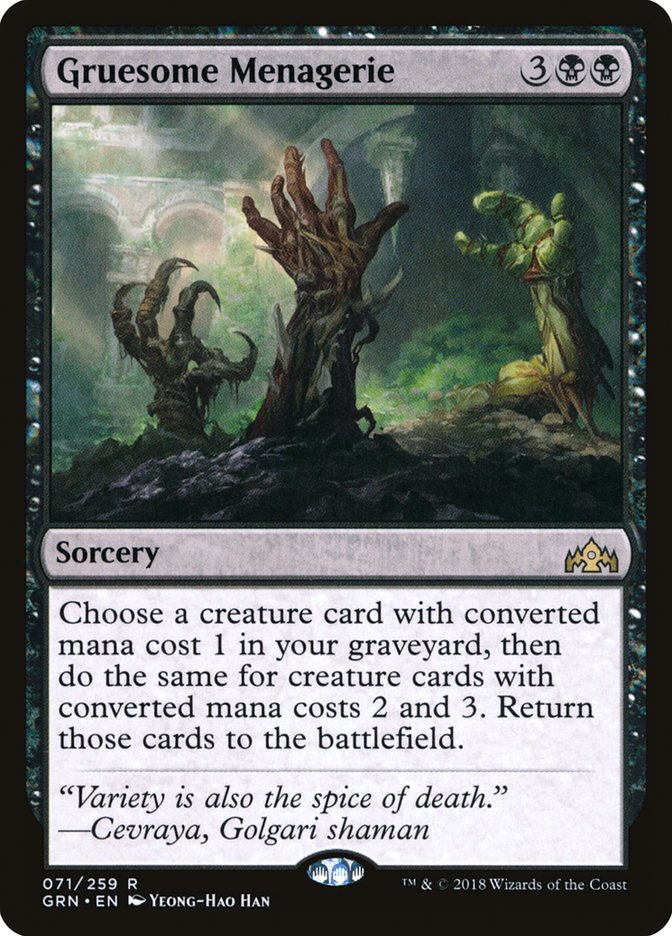One of the wonderful parts about Ravnica Standard formats is the staggered
shocklands. You get a format where old cards suddenly become key parts of
the metagame with a new set, despite the fact they don’t care about any of
the new spells.
This week, I’m looking at just that. What existing card pairs exist just
waiting for their shockland of choice to turn their mana to easy mode?
Things this time around aren’t quite as obvious as Kird Ape with Guildpact or Flinthoof Boar with Gatecrash.
1. Explore and Experimental Frenzy
Creatures (18)
- 4 Llanowar Elves
- 2 Carnage Tyrant
- 4 Regisaur Alpha
- 2 Merfolk Branchwalker
- 2 Jadelight Ranger
- 4 Wayward Swordtooth
Planeswalkers (1)
Lands (24)
- 15 Forest
- 5 Mountain
- 4 Rootbound Crag
Spells (17)

Experimental Frenzy is an extremely powerful Magic card, but it runs into a
cap in two scenarios. You can run out of mana on a turn, often when you
must cast Experimental Frenzy off four mana to start or you can hit
multiple lands and get stalled. The first mana limit issue also causes
issues where your Frenzy deck must reduce the number of expensive powerful
cards it can play that aren’t Experimental Frenzy, so you just draw more
filler and no killers and die if your one or two threats get handled.
Currently the solution to this is the Big Red deck with Treasure Map and
Runaway Steam-Kin to bridge the mana gap, but it isn’t the only good
midrange Frenzy option that has been tried. Earlier in the format people
were working on Gruul decks using explore creatures as a mana fixing
backbone to Experimental Frenzy. Explore does a bunch of great things with
Experimental Frenzy, like ensuring you can hit extra lands while emptying
your initial threats out prior to Frenzy, letting you better filter into
your threats if your first one or two get answered, and just ensuring in
Frenzy-land that you clear lands and hit spells for bigger chain turns.
Oh yeah, and Jadelight Ranger is just already one of the most powerful
cards in the format.
There are two potential issues this shell must solve post- Ravnica Allegiance, though both are kind of
embarrassment-of-riches problems.
One issue is that green and red are already flush with powerful threats.
How much better is a four-drop going to be than Rekindling Phoenix, or how
much better is a five-drop than Vivien Reid, Regisaur Alpha, or Siege-Gang
Commander? The problem isn’t producing a splashy threat, but instead early
game flow and Gruul’s historic lack of precise answers to key threats like
Teferi, Hero of Dominaria.
The precise answer threat is fairly easy via a splash, but there’s some
tuning to be done. If you start adding color issues under Experimental
Frenzy to the raw mana constraints, there’s a lot that can go wrong.
There’s also ground lost to adding pure reactive cards to an Experimental
Frenzy deck, which is one of the reasons Big Red does so well. It’s full of
Lightning Strikes that add up under Frenzy to damage and wins.
The low-drop issue is the one most likely to break up this concept. If the
best Gruul low-drops from Ravnica Allegiance point towards a
different gameplan than Jadelight Ranger, you just have a different deck.
It might just end up a descendant of traditional Mono-Red instead of closer
to Big Red, with the larger deck maintaining its status as the actual
midrange Experimental Frenzy deck due to Runaway Steam-Kin.
2. Regisaur Alpha and Ghalta, Primal Hunger
This dates back to a concept that Ben Weitz made for Grand Prix Memphis
after Rivals of Ixalan was released. Here’s my raving endorsement.
Seriously, I’m not being sarcastic here.
I’ve played a lot of Ghalta, Primal Hunger in testing Standard over the
last year or so. I personally have found the card to be utter garbage most
of the time. It’s a win-more card that’s largely uncastable in games where
you need help.
Except when it has haste.
Oh boy, when Ghalta has haste it’s a whole new ball game. Control decks are
facing a legitimate threat when they tap out, other aggressive decks watch
you turn the corner from barely stabilizing to immediately killing them,
and midrange decks must proactively throw answers at things in awkward
fashion.
Beyond haste, Regisaur Alpha is uniquely suited to the job of enabling
Ghalta, Primal Hunger. The main issue with Ghalta otherwise is that the
best plan against big green decks is usually already attrition. Regisaur
Alpha single handedly puts you into Ghalta range as a seven-power play, but
also provides a built in two-for-one against removal. Even if they kill the
4/4, it’s fairly easy for the 3/3 to be enough to let you deploy Ghalta
next turn.
One thing has me even more excited about this combination than I was a week
ago is just knowing about Stomping Ground. See, in the notes on riot was a
quick throwaway line about multiple instances of riot stacking.
There’s no reason to print two instances of riot on the same piece of
cardboard as that’s almost the same as printing one instance and giving the
card +1/+1. This really implies there’s a way to give your creatures riot,
providing redundant haste to Ghalta, Primal Hunger.
If I get to build some 2001 Fires of Yavimaya-style decks in 2018, I’m
going to be real happy.
3. Profane Procession and Mana
There’s a long history of dominating Limited cards translating to
Constructed, like Pack Rat or The Scarab God. While Rivals of Ixalan is often remembered for Tetzimoc, Primal Death
being absolutely unstoppable, Profane Procession isn’t far behind. It
honestly may have been more miserable to play against, because at least
with Tetzimoc, them hitting their sixth land resolved the game quickly.
With Profane Procession, you realized casting creatures was a bad idea and
had to sit there, hope to maybe draw your one out, and watch your opponent
win over several turns.
How does a current Izzet Drakes deck ever beat a Profane Procession? Is
your plan to set up a Dive Down, then hope your opponent isn’t ahead enough
to leave up their activation and just fire again on their turn? That’s just
not reasonable.
I’m not saying Profane Procession is going to totally dominate the format,
or even that it has everything covered. My point is that many people are
going to build decks that literally cannot defeat this card. Through the
format, they will continue to play decks that can’t beat this card. It’s
going to be among the most potent sideboard cards in the format and might
once or twice show up to singlehandedly reshape the metagame.
My weird thought experiment now is what Profane Procession does in Orzhov
mirrors. If the decks are lower to the ground, it isn’t good; but if things
get grindy, Profane Procession is going to be one of the best cards in the
matchup. That might be a positive feedback loop, where one of the best
cards against Orzhov is Orzhov and low commitment.
4. Knight of Grace and Knight of Malice
One of the weirder Dominaria flavor decisions was having the White
Knight and Black Knight throwbacks end up as a team up. In the period
before the format was plunged into Goblin Chainwhirler mirror matches,
these Knights were used as early game support for midrange decks.
The function is very similar to Merfolk Branchwalker or Jadelight Ranger,
with an exchange of mana smoothing for better blocking. You get to have
proactive answers to low-drops that pressure mid-game planeswalkers and
force your opponents to keep around cheap answers that are bad against your
expensive cards. The History of Benalia synergy is a nice draw as well,
which does make Knight of Malice the better one of the duo, as it pumps off
the Knight tokens. Seal Away and Ixalan’s Binding being two of the better
removal spells in these colors also plays to the same skew.
The big question to me is what the second-tier threats to follow up these
low-drops are going to be. Aurelia, Exemplar of Justice and Adanto Vanguard
pair well in what will basically end up being a Mardu Angels shell, or you
can go the other way Boros Angels did and splash Teferi, Hero of Dominaria
for Esper. All the info we have implies Kaya, Ghost Assassin is making a
second appearance on Ravnica, and her new card is likely going to play a
big role.
Whatever the options are, I would skew towards the aggressive ones. These
Knights are still two-drops with power, toughness, and a combat ability. If
you aren’t intending to make them fight, what’s the point?
5. Deeproot Champion and Radical Idea
Card I Want to Play Post-Ravnica:
Gilded
LotusCard I’m Waiting 4 Months
On:Card
I’ll Probably End Up Playing:Steel Leaf
Champion pic.twitter.com/lk1WvkILE7—
Ari Lax (@armlx) September
5, 2018
I know Crackling Drake is probably better and mostly excludes a green
splash, but I can still dream right?
Okay fine, I get that Radical Idea and Tormenting Voice solve the “more
lands” issue better than trimming lands and playing low drops, but Deeproot
Champion plus Crash Through and jump-start is still good to dream about. If
Baral, Chief of Compliance were still around I would be taking a long look
at this, so this might be a card or two away from offering a new
spell-centric configuration for Standard.
6. Tishana, Voice of Thunder, Song of Freyalise, and Growing
Rites of Itlamoc
Creatures (27)
- 4 Angel of Invention
- 4 Fairgrounds Warden
- 3 Rishkar, Peema Renegade
- 3 Walking Ballista
- 4 Channeler Initiate
- 3 Tishana, Voice of Thunder
- 2 Ranging Raptors
- 4 Merfolk Branchwalker
Lands (24)
Spells (9)

Creatures (20)
- 4 Llanowar Elves
- 4 Angel of Invention
- 4 Walking Ballista
- 1 Tishana, Voice of Thunder
- 3 Jadelight Ranger
- 4 Shanna, Sisay's Legacy
Planeswalkers (2)
Lands (23)
Spells (15)

Creatures (13)
- 1 Lyra Dawnbringer
- 2 Shalai, Voice of Plenty
- 4 Thorn Lieutenant
- 3 Emmara, Soul of the Accord
- 3 Trostani Discordant
Lands (8)
Spells (39)
- 4 Forest
- 9 Plains
- 3 Legion's Landing
- 4 History of Benalia
- 3 Song of Freyalise
- 4 Saproling Migration
- 4 Conclave Tribunal
- 4 March of the Multitudes
- 4 Flower
Sideboard

Here are three decklists, all trying to do approximately similar things. It
feels like we are a card or two away from a really explosive version of
combo tokens, and while I’m not sure what those might be, I bet Breeding
Pool is a start.
The key is going to be replacing a couple aspects of the old deck. The Kaladesh-era tokens lists that maximized Growing Rites of Itlamoc
had creatures that played a lot of important roles. Interaction, single
card high-power threats, mana sinks. You name it.
Maybe I’m dreaming too big and Selesnya Tokens, or specifically Venerated
Loxodon, is already a better version of this payoff. If any existing card
can turn the corner here though, it’s Beast Whisperer. There are some
important possible third color payoffs for going Temur, such as Goblin
Instigator and Siege-Gang Commander both being creatures to find with
Growing Rites of Itlamoc and to trigger Beast Whisperer. If the heavily
rumored, loosely promised new Domri Rade is anything like the original
Domri Rade, that’s another push in this direction.
As we branch into possible three-color combinations from a Simic-base I’m
also reminded of a Song of Freyalise deck
I brewed up around Dominaria previews
that featured Hostage Taker and The Scarab God. Hostage Taker is a good
card on its own for the non-Song games that just gets better when you can
cast it and recast an exiled three- or four-drop that turn. This is much
the same as Siege-Gang Commander and the old role of Walking Ballista, so I
guess the lesson should be play cards that are naturally good to cast but
get way better when you have excess mana or creatures.
7. Favorable Winds and Healer’s Hawk
Favorable Winds has been a card I’ve toyed with dating back to Maverick
Thopterist brews. The issue last year was the Kaladesh fastlands
only supported turn 1 untapped mana for green and red, and they don’t
provide flying one-drops. Just like every deck based around an enchantment
mass pump spell, Favorable Winds is a go-wide deck. In the absence of broad
token generators, that means one-drops. Watery Grave came along and didn’t
solve that problem, but Hallowed Fountain just might.
Being one-drop centric in a two-color deck means you’re going to bias
heavily in one direction, but the abundance of white fliers makes that
easy. Not only are there three unique one-drops and Skymarcher Aspirant,
but white gives you extra mass pump effects like Venerated Loxodon.
Is this better than Adanto Vanguard and History of Benalia in the currently
stock Boros Aggro decks? I’m not entirely sure, but it offers real
benefits. The blue cards offer more direct sweeper protection, some
different powerful lines to victory, and possibly cheaper interaction with
bounce. You no longer run right into Wildgrowth Walker or Saproling
Migration. Moving to a really one-drop centric deck also lets you shave
lands even further to eighteen or so. Here’s a sample list that’s likely
short a couple bodies but gets at the core of what I expect things to look
like.
Creatures (29)
- 4 Siren Stormtamer
- 4 Duskborne Skymarcher
- 4 Skymarcher Aspirant
- 3 Warkite Marauder
- 4 Rustwing Falcon
- 2 Silverbeak Griffin
- 4 Healer's Hawk
- 4 Venerated Loxodon
Lands (8)
Spells (23)

While this deck might be Azorius, I’m looking at the Orzhov mechanic to
fill it out. Something as simple as a two mana 2/1 flying with afterlife
would be just what this deck needs to hit necessary creature density.
8. Knight of Autumn and Hadana’s Climb
Just like with Guilds of Ravnica, new three-color manabases are
going to be unlocked by Ravnica Allegiance. Everyone is
raving about Bant because they want to go back to Gift of Paradise and
Teferi, Hero of Dominaria and no one doing anything fun, but Bant has a few
other tricks to offer.
While we aren’t anywhere near Bristling Hydra one-shot kill scenarios with
Hadana’s Climb, transforming it into Winged Temple of Orazca is still a
fast way to end a game. The problem is that without Winding Constrictor,
there are just fewer ways to transform it off a single trigger. Jadelight
Ranger gives you a chance for multiple +1/+1 counters, but branching into
white for Knight of Autumn gives you a clean two-counter creature to
immediately drop a third on. It also hits five power at that point, a
convenient number that kills in two pump-jumped ten damage attacks.
Hadana’s Climb definitely has most of its chips riding on the actual Simic
cards delivering +1/+1 counters for it to boost off, but even if you’re a
card or so short, options exist if you look outside blue and green.
9. Cheap Legends and Legendary Sorceries
While Selesnya may have a monopoly on good two-mana legends for Mox Amber,
the color with the most reasonable three- and four-drop ones is red.
Why is three or four mana the flash point? Because five mana is where
things get completely out of hand if they just let you untap with a
legendary permanent for your legendary sorcery. In terms of generic power,
the best of these are the Rakdos pair of Yawgmoth’s Vile Offering and
Jaya’s Immolating Inferno. Just clean battlefield-based card advantage
removal.
The recently previewed Rix Maadi Reveler could be a key portion of pulling
this all together. While the spectacle card advantage mode later on is
nice, just the baseline rummage is great here. Being able to filter away
dead legends or stranded legendary sorceries keeps your deck churning, but
one of the bigger issues with Yawgmoth’s Vile Offering is not always having
a good graveyard target for it. With an early Rix Maadi Reveler, you can
bin an extra Angrath, the Flame-Chained early and set up for the full
Reanimate + Terminate on curve.
10. Makeshift Munitions and Gruesome Menagerie
There are a lot of tools in Standard pointing towards a base red
Aristocrats style deck. The sacrifice outlets provide card advantage, and
the Goblin token makers are good. All it’s missing are some big effects or
reload spells to win games where cards start trading and the engine isn’t
immediately online.
Gruesome Menagerie has seen some play with Glowspore Shaman, but it’s even
better suited to a deck aiming to go wider. For example, a Goblin
Aristocrats deck. The low curve promoted by Gruesome Menagerie also plays
well with Dark-Dweller Oracle’s ability, where you just want to be sure you
can cast all the cards you churn up with it.
Full on Mardu might even be the best option at the end of the day. The
Orzhov mechanic is just custom fit to this style of play even if I think
red is where the engine here lies. Maybe there will be enough low-cost
afterlife creatures just in black to fuel this, but if all the death
trigger token generators for now are white, that implies it’s time for a
classic color trio.
A Non-linear Format
Want advice on how to spot the interactions I’ve missed in the format?
This isn’t a linear format. Full Ravnica mana ensures that.
Unless your deck is literally a creature type, you’re going to have to dig
a little. While some of the interactions are fairly obvious to start,
you’re going to reach a point where you say “I really wish a had some kind
of effect like…” Guess what – that effect probably exists in some form.
The big difference from Guilds of Ravnica Standard will be
realizing that seeing that outside of your base guild means you add some Ravnica Allegiance mana and slot it in instead of just accepting
your guild can’t do that.


